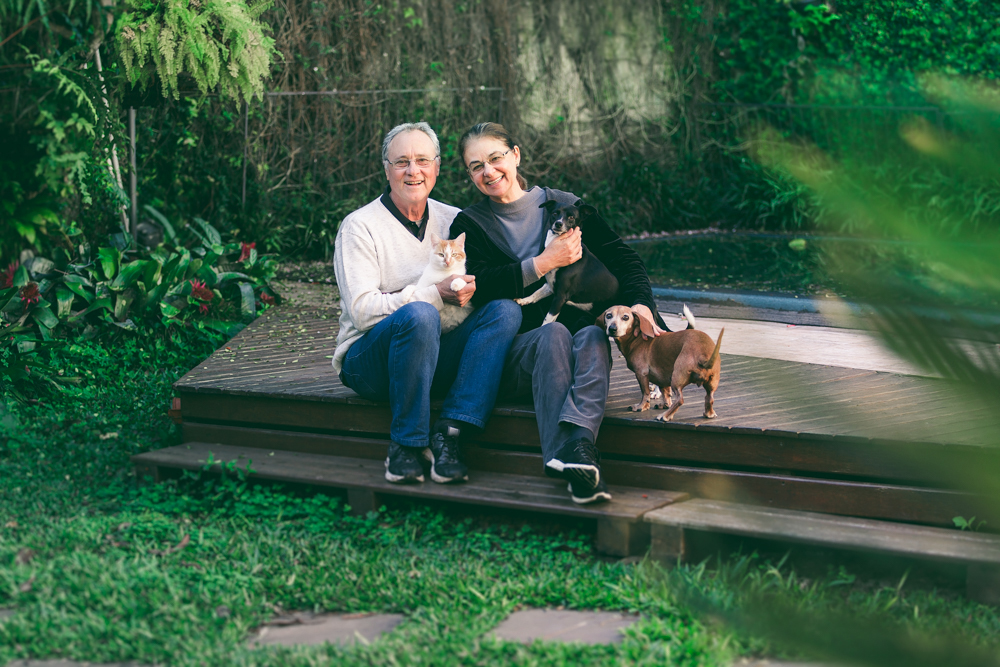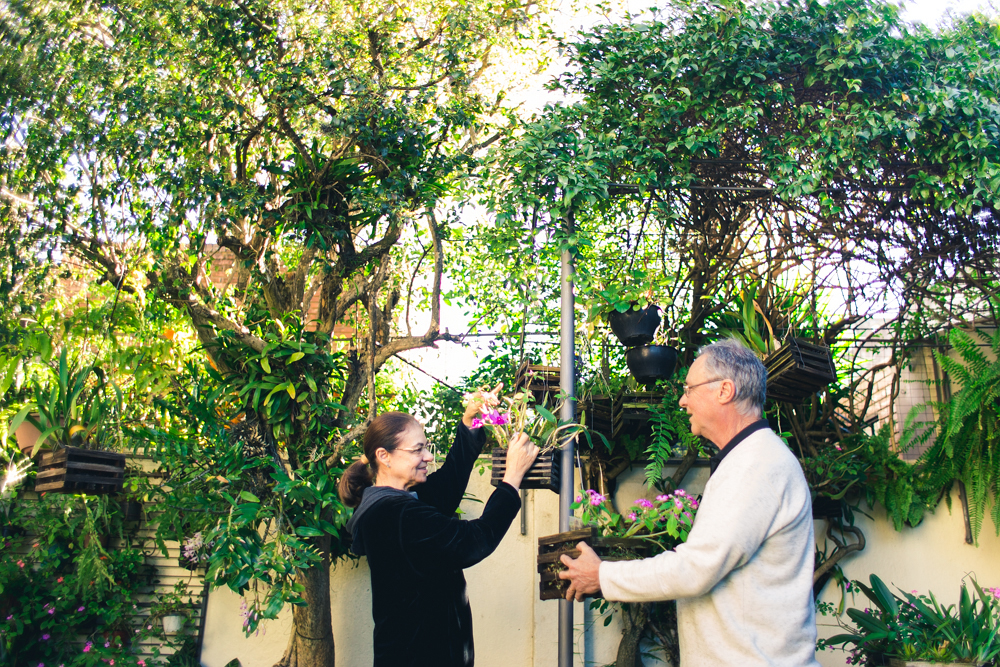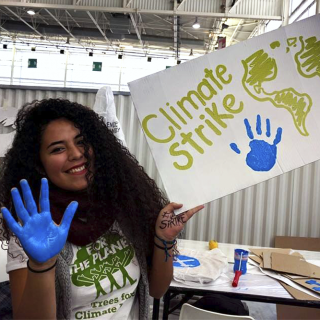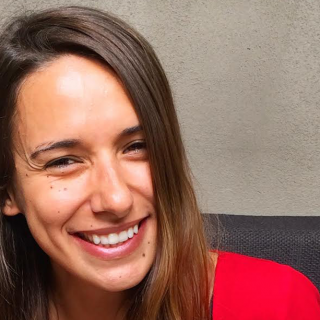Have you ever wanted to learn the story behind all the trees on your street? What about all the trees in the city?
That’s the dream of supporters of Arborização Urbana, a group that created to save a city park in Bagé, in the state of Rio Grande do Sul, Brazil. Over time, its mission expanded. The group ended up creating an inventory of the trees in the city, with plans to make the information available to anyone passing by via QR codes, visual glyphs that can be read by mobile phones, attached to the trees.
The group was created by agronomists Tanira and Norton Sampaio in order to protect trees. Its partners include universities, civic organizations and Bagé’s city government.
“We started 10 years ago,” Tanira Sampai told Believe.Earth, “when our park was being destroyed and our municipal government wasn’t interfering. We appealed to the public prosecutor and to several other bodies for over two years. Arborização Urbana grew out of that.”
To recruit allies, the couple went on a grand tour of local institutions, seeking out people who shared their passion for environmental protection.
- Tanira and Norton Sampaio led a movement to preserve this park (Mickael Freitas/Believe Earth)
- The couple’s efforts led to the creation of Arborização Urbana in Bagé (Mickael Freitas/Believe Earth)
Norton Sampaio met the biologist and plant ecologist Vanessa Rosseto. She suggested Arborização Urbana create an inventory of all the plants in the park, that could be provided to the government to assist in their management.
“What trees do we have in Bagé?” Rossetto recalled in an interview with Believe.Earth, running through the questions she and Sampaio set out to answer. “What species? How is the health of these trees? Do they need pruning?”
To collect all that information, each institution involved in the project was responsible for mapping a part of the city. The partners were the Federal University of Pampa (Unipampa), the Federal Institute of Education Science and Technology of Rio Grande do Sul (IFSUL), IDEAU University, EcoARTE, and the Pampa Institute of Permaculture (Ipep).
After 30 months of work, all by volunteers, the group handed the completed dataset to the city government. It included information on more than three thousand trees.
Their proposal caught the attention of biologist Rodrigo Kanaã, who is responsible for supervising the planting of new trees in Bagé.
“I didn’t see the trees as I should have,” he told Believe.Earth. “I knew that drastic pruning would be wrong, but I didn’t pay much attention to the matter. I didn’t feel the fondness and affection I feel for the trees nowadays.”
Kanaã now personally oversees the Arborização Urbana’s work.
THE NEW GENERATION
The group has also sought to spread the word among Bagé’s citizens that the trees deserve respect and protection. The activists found that the most effective way to do so was to promote childhood environmental education.
“If we talk to children and they share this information with adults,” said Norton Sampaio, “we double the awareness, and we nurture a generation that will grow in harmony with the environment.”

QR codes allow visitors to “chat” with trees in a square in Bagé (RS) (Mickael Freitas/Believe.Earth)
Arborização Urbana’s curriculum is now being taught in six schools around Bagé.
Biologist Ketleen Grala, one of the project’s leaders, explained to Believe.Earth how the course is structured.
“It is divided into three parts,” she said, “awareness, in which we seek to clear up students’ misconceptions about the trees and their interactions; handling, in which we talk about sustainability and inadequate cultural practices, such as pruning; and, finally, production of seedlings, in which we teach students how to grow a tree, from seed collection to planting.”
Seedlings are only given out after a review of the sites where they are to be planted, said Grala, “to ensure that people are planting correctly.”
Rosana Lopes, a cleaning assistant who works at one of the schools where Arborização Urbana’s curriculum is taught, encountered the initiative by chance. She went to the group’s meeting as her school’s representative only because neither the director nor any of the teachers were able to attend.
“I was surprised by the idea because it touched my ideal of life,” Lopes told Believe.Earth.
Even her experience of walking home from work has changed, she said. She used to tune out and not notice her surroundings.
But, since she learned about the group’s efforts, Lopes said, “I started looking at the vegetation and discovering different flowers.”

The trainee Rennata Oliveira proposed the use of QR codes to identify trees in Bagé (Mickael Freitas/Believe.Earth)
It was an Arborização Urbana trainee, Rennata Oliveira, who first had the idea of marking the trees with QR codes. The group is currently piloting the idea in a section of the city.
When passersby scan the identification tags, Oliveira told Believe.Earth, “The code directs [the person scanning] to a link of our site. We have a automated chat program that uses our southern language. It answers questions about the tree and its characteristics,” said Oliveira.
The group’s leaders hope to attach QR codes to all the trees in the city, with information about the species, the age, the beauty and the importance of each tree in the region. They’re also trying to implement an Urban Afforestation Code in the city, a legal structure governing the city’s green spaces that would give a greater voice to the city’s tree lovers.







